This interactive map shows those province with active outbreaks and those with municipalities that have been confined in a bid to slow the spread of the virus.
So far four neighbourhoods in Palma de Mallorca, a town in Valencia and the cities of Salamanca and Valladolid have perimeter restrictions in place. Yet Madrid which is yet again the epicentre of the coronavirus and has recorded more than a third of all recent cases in Spain, no confinement measures are in place.
!function(){“use strict”;window.addEventListener(“message”,(function(a){if(void 0!==a.data[“datawrapper-height”])for(var e in a.data[“datawrapper-height”]){var t=document.getElementById(“datawrapper-chart-“+e)||document.querySelector(“iframe[src*='”+e+”‘]”);t&&(t.style.height=a.data[“datawrapper-height”][e]+”px”)}}))}();
Spain is top of the list of EU/EEA countries for the number of new cases per population size according European Centre for Disease Protection and Control (ECDC) with Spain currently the only country listed with more than 200 new cases per 100,000.
In fact the 14-day accumulated incidence of coronavirus cases registered in Spain now stands at 270.7 cases per 100,000 inhabitants up from 132.2 a month ago.
The map below shows the 14-day COVID-19 case notification rate per 100 000 in each region, according to the latest data published on September 11th.
!function(){“use strict”;window.addEventListener(“message”,(function(a){if(void 0!==a.data[“datawrapper-height”])for(var e in a.data[“datawrapper-height”]){var t=document.getElementById(“datawrapper-chart-“+e)||document.querySelector(“iframe[src*='”+e+”‘]”);t&&(t.style.height=a.data[“datawrapper-height”][e]+”px”)}}))}();
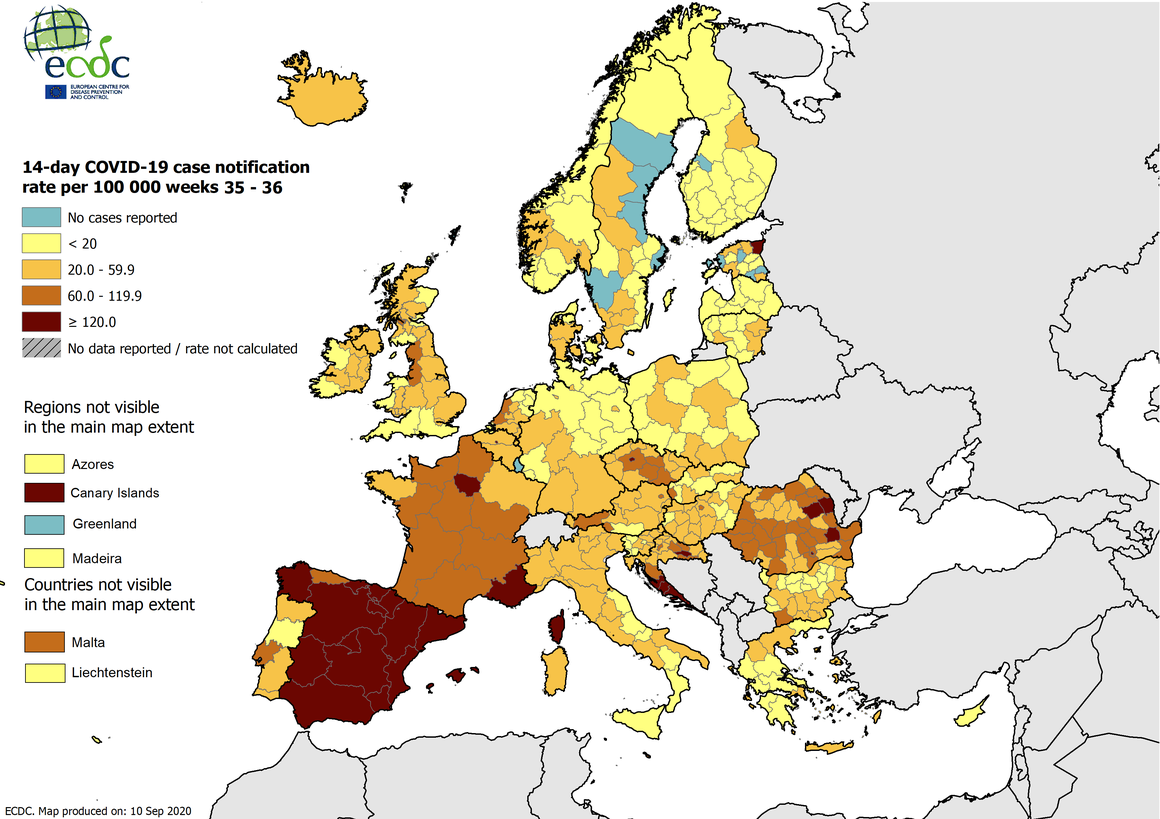
!function(){“use strict”;window.addEventListener(“message”,(function(a){if(void 0!==a.data[“datawrapper-height”])for(var e in a.data[“datawrapper-height”]){var t=document.getElementById(“datawrapper-chart-“+e)||document.querySelector(“iframe[src*='”+e+”‘]”);t&&(t.style.height=a.data[“datawrapper-height”][e]+”px”)}}))}();
- Q&A: What happens when there is a Covid-19 outbreak at a school in Spain?
- Covid-19: What does it mean if you live in one of Mallorca’s confined zones?
- Political 'power games' and decentralisation fuel Spain's virus spread


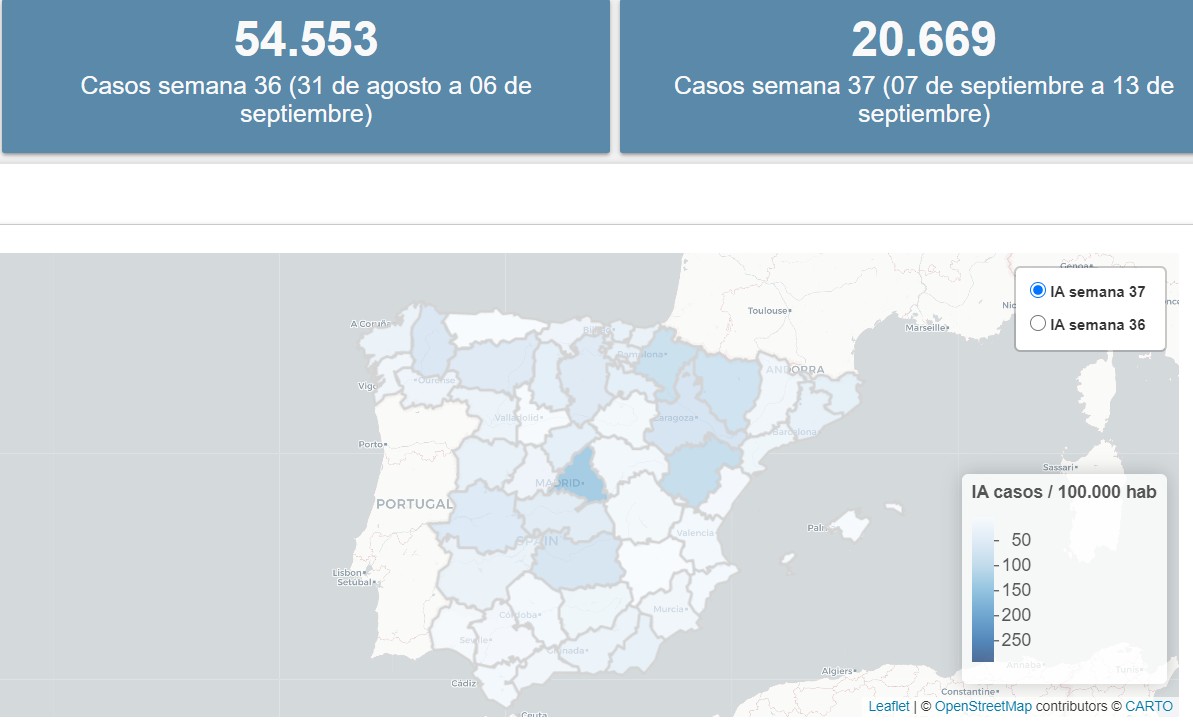
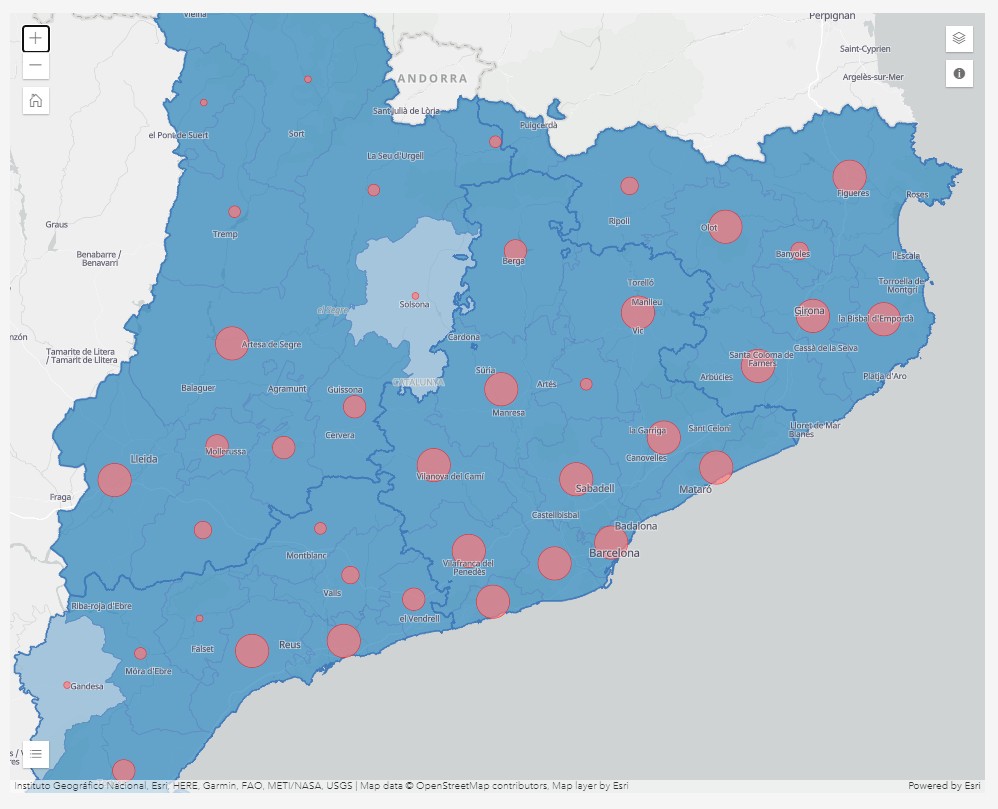
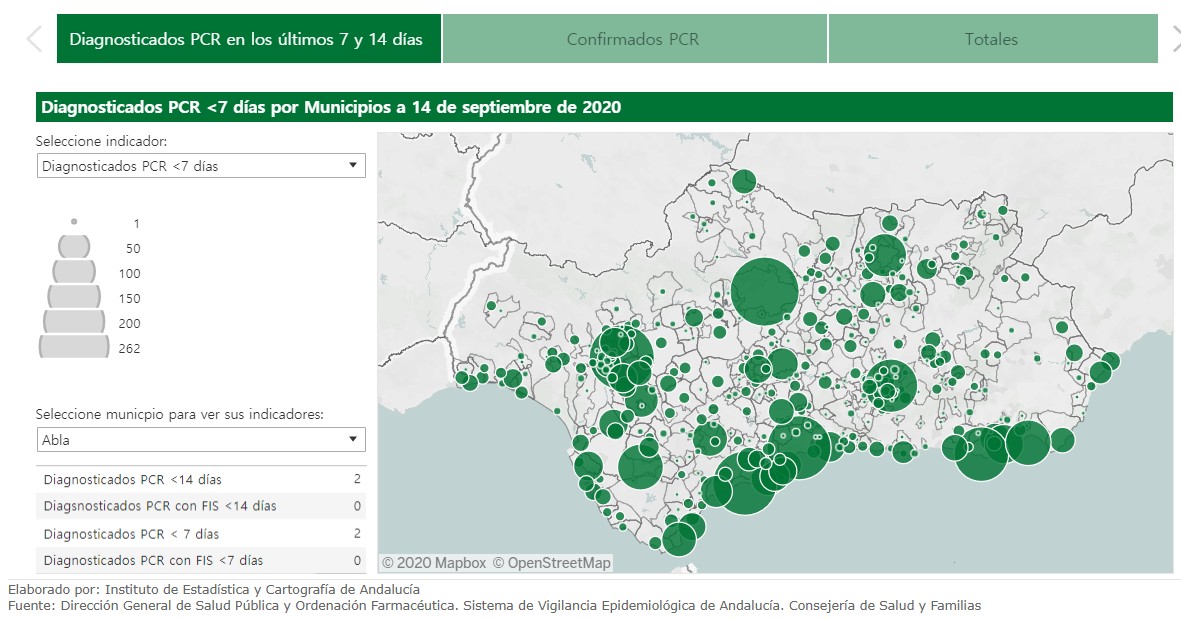
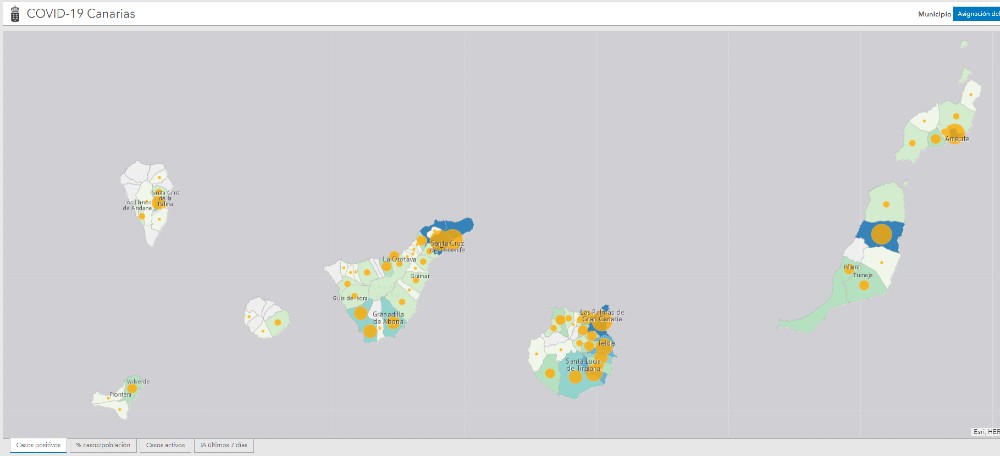
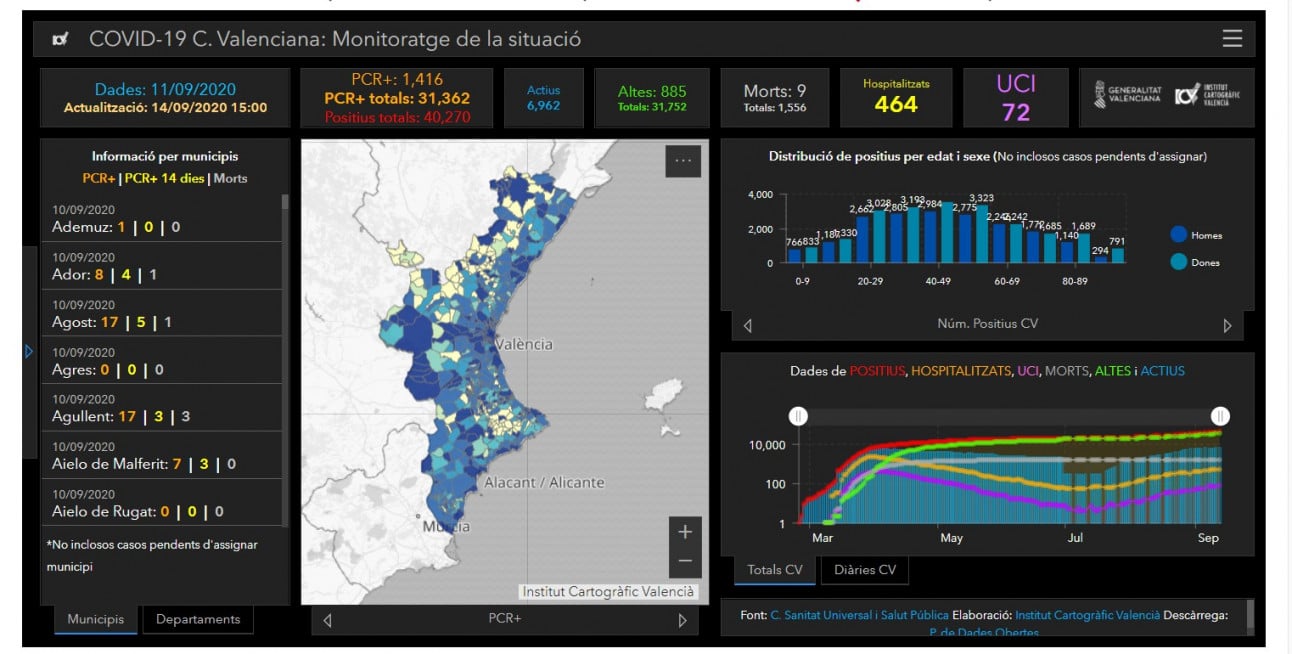
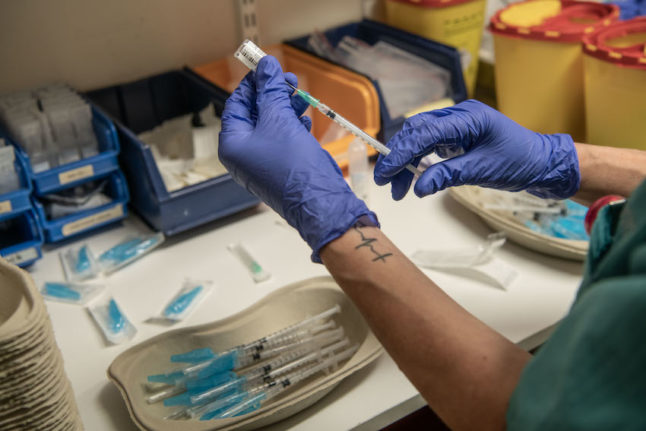
 Please whitelist us to continue reading.
Please whitelist us to continue reading.
Member comments